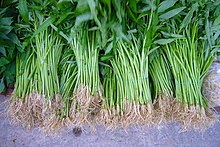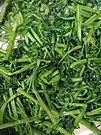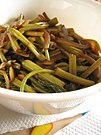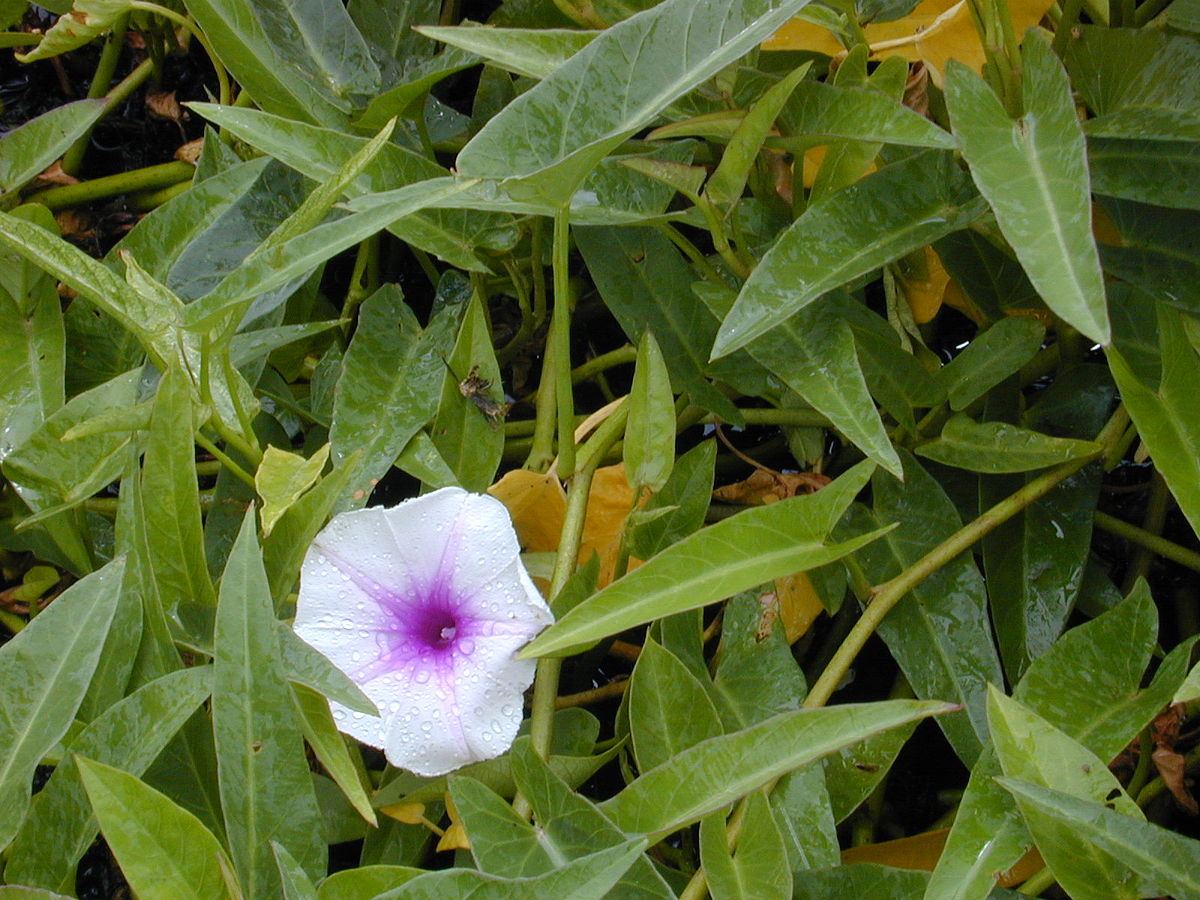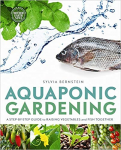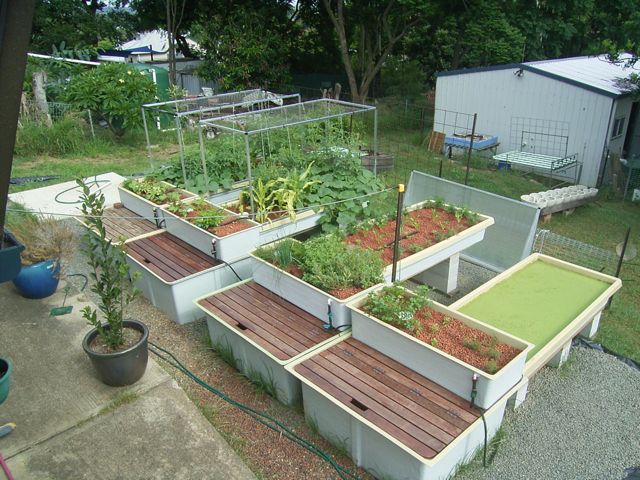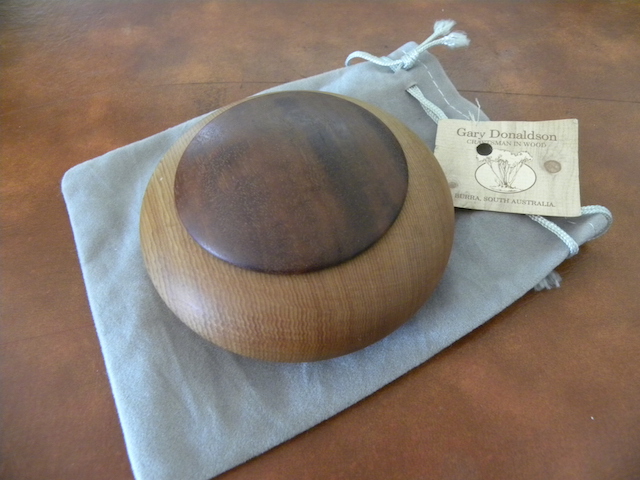China Connection
TB Fanatic
AGRITECTURE

AN INTRODUCTION TO MICROPONICS: HOW TO CREATE A TINY ECOSYSTEM IN YOUR BACKYARD
Takeaway: Many growers have heard of aquaponics, which incorporates the use of fish and fish waste into a hydroponic system to both feed plants and offer a source of protein. Microponics takes this process to a whole new level, and Australian farmer Gary Donaldson, who coined the term in 2008, explains how.
INTEGRATED FOOD PRODUCTION
Integrated systems are always more than the sum of their parts. Integration, in a microfarming context, is essentially about value creation. An integrated food production system should provide for better quality, greater quantity, shorter timeframe, and lower cost.
Aquaponics is the integration of fish and plants through the combination of recirculating aquaculture and hydroponics. Aquaponics is an example of integration on a small scale: the fish produce waste is converted to plant nutrients, the plants take up the nutrients and, in so doing, clean the water for the fish.
Microponics is the integration of fish, plants, and microlivestock through the combination of recirculating aquaculture and other plant and animal production systems.
We eat the fruit, vegetables, herbs, and fish from our aquaponics systems and the wastes from our kitchen go to the worms or black soldier fly larvae. The worms and larvae are then mixed with duckweed to become food for other microlivestock. In this simple model, there is no actual waste in a landfill sense.
The so-called waste product of one organism becomes the feedstock for another. And the scope of integration doesn’t stop there. We can add other small livestock (like rabbits, chickens, quail, ducks, snails, and bees) and water gardening for edible plants like Chinese water chestnuts and water spinach.
In this extended model of integration, we get fish, quail/chicken/duck meat, and eggs, worm castings/tea, duckweed, animal protein, vegetables, herbs, rabbits, skins, and honey. We also get pollination, pest control, cultivation, and weed removal.
THE ORIGINS OF MICROPONICS
The challenge when designing small integrated food production systems is to see every output as a resource…even waste body heat and expired carbon dioxide.
When I first set out to describe a concept of small-scale integrated food production, several years ago, I called it integrated backyard food production (IBFP).
Like aquaponics, IBFP is a descendant of the integrated aquaculture work of the New Alchemist Institute. With its inclusion of microlivestock, however, IBFP has retained a more direct relationship with integrated aquaculture.
“Integrated backyard food production” became too much of a mouthful so in 2008, it became microponics. The name suggests its own origins—the combination of micro-farming, microlivestock, and aquaponics.
When it comes to fish production, aquaponics and microponics both start off in the same place. A recirculating aquaculture system (RAS), or micro fish farm, is at the heart of both microponics and aquaponics.
The connection of a plant-growing system to the RAS creates a simple aquaponic eco-system that, because they are in the same water column, benefits both the fish and the plants.
In the past 10 years or so, we’ve designed and built many aquaponics systems in which we’ve grown jade perch, barramundi, silver perch and Murray cod. We’ve also experimented widely with hydroponic growing systems including nutrient film technique (NFT), raft culture (DWC), tray system, and satellite pots.
The key advantage of aquaponics is that it offers a crop of fish for the same amount of water that it would otherwise take just to grow the plants; and by feeding the fish you also feed the plants.
The difference with microponics is that you can access that benefit regardless of the plant growing system.
Square foot gardening (SFG), pioneered by American Mel Bartholomew, is as water-wise as any aquaponics system and just as productive when it comes to growing plants. Sheet mulching (as described by the late Bill Mollison and David Holmgren of permaculture fame) is a soil-based option that is both water-wise and very productive.
We’ve used square foot gardens and raised sheet mulch beds in conjunction with our aquaponics systems. We also use the nutrient-rich water to irrigate several fruit and fodder trees.
Our use of water is leveraged even further given that the water from our aquaponics systems comes from rainwater tanks. Rainwater is better for plants because it is free of toxic substances like chlorine or chloramines. The use of water from an aquaponics system to irrigate plants is also better for the fish. Any accumulation of suspended solids or nitrates is kept in check by regular replacement with fresh rainwater.
While microponics is distinguished by its encouragement of a wider variety of plant growing systems, its principal point of difference is its integration of microlivestock and other organisms. The prevailing wisdom in science says that the greater the biodiversity in an ecosystem, the better it is—and that’s where microponics really distinguishes itself.
MICROPONICS ELEMENTS
Useful microponics organisms include:
HERE’S HOW OUR MICROPONIC UNIT WORKS:
The integration of fish, plants, and microlivestock leverages the volume and quality of the food that we grow and it makes for a healthier and more resilient food production environment.
Our goal is to put clean, fresh food on the dinner table, so we use what works best—for the fish, plants, microlivestock, and other organisms, and that’s what microponics is all about!
Share this:
Written by
Gary Donaldson
Gary Donaldson is an Australian urban farmer, the author of the Urban Aquaponics Manual, and the architect of microponics. Follow his blog on microponics to learn more about this method of gardening.

 agritecture.tumblr.com
agritecture.tumblr.com

AN INTRODUCTION TO MICROPONICS: HOW TO CREATE A TINY ECOSYSTEM IN YOUR BACKYARD
Takeaway: Many growers have heard of aquaponics, which incorporates the use of fish and fish waste into a hydroponic system to both feed plants and offer a source of protein. Microponics takes this process to a whole new level, and Australian farmer Gary Donaldson, who coined the term in 2008, explains how.
INTEGRATED FOOD PRODUCTION
Integrated systems are always more than the sum of their parts. Integration, in a microfarming context, is essentially about value creation. An integrated food production system should provide for better quality, greater quantity, shorter timeframe, and lower cost.
Aquaponics is the integration of fish and plants through the combination of recirculating aquaculture and hydroponics. Aquaponics is an example of integration on a small scale: the fish produce waste is converted to plant nutrients, the plants take up the nutrients and, in so doing, clean the water for the fish.
Microponics is the integration of fish, plants, and microlivestock through the combination of recirculating aquaculture and other plant and animal production systems.
We eat the fruit, vegetables, herbs, and fish from our aquaponics systems and the wastes from our kitchen go to the worms or black soldier fly larvae. The worms and larvae are then mixed with duckweed to become food for other microlivestock. In this simple model, there is no actual waste in a landfill sense.
The so-called waste product of one organism becomes the feedstock for another. And the scope of integration doesn’t stop there. We can add other small livestock (like rabbits, chickens, quail, ducks, snails, and bees) and water gardening for edible plants like Chinese water chestnuts and water spinach.
In this extended model of integration, we get fish, quail/chicken/duck meat, and eggs, worm castings/tea, duckweed, animal protein, vegetables, herbs, rabbits, skins, and honey. We also get pollination, pest control, cultivation, and weed removal.
THE ORIGINS OF MICROPONICS
The challenge when designing small integrated food production systems is to see every output as a resource…even waste body heat and expired carbon dioxide.
When I first set out to describe a concept of small-scale integrated food production, several years ago, I called it integrated backyard food production (IBFP).
Like aquaponics, IBFP is a descendant of the integrated aquaculture work of the New Alchemist Institute. With its inclusion of microlivestock, however, IBFP has retained a more direct relationship with integrated aquaculture.
“Integrated backyard food production” became too much of a mouthful so in 2008, it became microponics. The name suggests its own origins—the combination of micro-farming, microlivestock, and aquaponics.
When it comes to fish production, aquaponics and microponics both start off in the same place. A recirculating aquaculture system (RAS), or micro fish farm, is at the heart of both microponics and aquaponics.
The connection of a plant-growing system to the RAS creates a simple aquaponic eco-system that, because they are in the same water column, benefits both the fish and the plants.
In the past 10 years or so, we’ve designed and built many aquaponics systems in which we’ve grown jade perch, barramundi, silver perch and Murray cod. We’ve also experimented widely with hydroponic growing systems including nutrient film technique (NFT), raft culture (DWC), tray system, and satellite pots.
The key advantage of aquaponics is that it offers a crop of fish for the same amount of water that it would otherwise take just to grow the plants; and by feeding the fish you also feed the plants.
The difference with microponics is that you can access that benefit regardless of the plant growing system.
Square foot gardening (SFG), pioneered by American Mel Bartholomew, is as water-wise as any aquaponics system and just as productive when it comes to growing plants. Sheet mulching (as described by the late Bill Mollison and David Holmgren of permaculture fame) is a soil-based option that is both water-wise and very productive.
We’ve used square foot gardens and raised sheet mulch beds in conjunction with our aquaponics systems. We also use the nutrient-rich water to irrigate several fruit and fodder trees.
Our use of water is leveraged even further given that the water from our aquaponics systems comes from rainwater tanks. Rainwater is better for plants because it is free of toxic substances like chlorine or chloramines. The use of water from an aquaponics system to irrigate plants is also better for the fish. Any accumulation of suspended solids or nitrates is kept in check by regular replacement with fresh rainwater.
While microponics is distinguished by its encouragement of a wider variety of plant growing systems, its principal point of difference is its integration of microlivestock and other organisms. The prevailing wisdom in science says that the greater the biodiversity in an ecosystem, the better it is—and that’s where microponics really distinguishes itself.
MICROPONICS ELEMENTS
Useful microponics organisms include:
- Fruit, vegetables, and herbs
- Freshwater fish and crayfish
- Japanese quail for meat and eggs
- Chickens for meat and eggs
- Fruit and nut trees
- Muscovies and other waterfowl
- Bees
- Aquatic plants: duckweed, azolla, water spinach, Chinese water chestnuts
- Fodder plants and trees: pigeon pea, amaranth, comfrey, Chou Moellier, tagasaste, and moringa
- Live animal protein: Black Soldier Fly larvae, feeder roaches, mealworms, worms
- Farmed rabbits
- Snails
- Mushrooms and fungi
- Other forms of microlivestock: heritage breeds of goats, pigs, sheep—even microcattle, such as the ancient Irish breed, the Dexter.
HERE’S HOW OUR MICROPONIC UNIT WORKS:
- The fish provide nutrients for plants (including duckweed) and the plants clean the water for the fish.
- Plant residues and fish processing wastes are fed to Black Soldier fly larvae. The larvae are fed to fish, chickens, and quail.
- The chicken and quail meat and eggs go to the kitchen and the viscera (guts) are fed to the BSF larvae. The feathers are composted.
- The castings from the larvae (which retain up to 50 per cent of their original protein level) and kitchen scraps are fed to worms.
- The worm castings are mixed with compost and used as a soil conditioner for trees, vegetables, and fodder plants; while the worms are fed to fish, chickens and quail.
- Chickens fertilize the trees and keep weeds at bay. They also eat spoiled fruit and the fruit fly larvae that it contains.
- Other chickens and quail eat the fodder plants and provide manure (and eventually feathers and other processing wastes) for worms, Soldier Fly larvae, and composting systems.
The integration of fish, plants, and microlivestock leverages the volume and quality of the food that we grow and it makes for a healthier and more resilient food production environment.
Our goal is to put clean, fresh food on the dinner table, so we use what works best—for the fish, plants, microlivestock, and other organisms, and that’s what microponics is all about!
Share this:
Written by
Gary Donaldson
Gary Donaldson is an Australian urban farmer, the author of the Urban Aquaponics Manual, and the architect of microponics. Follow his blog on microponics to learn more about this method of gardening.

AGRITECTURE - An Introduction to Microponics: How to Create a...
An Introduction to Microponics: How to Create a Tiny Ecosystem in Your Backyard Takeaway: Many growers have heard of aquaponics, which incorporates the use of fish and fish waste into a hydroponic system to both feed plants and offer a source of protein. Microponics takes this process to a...



